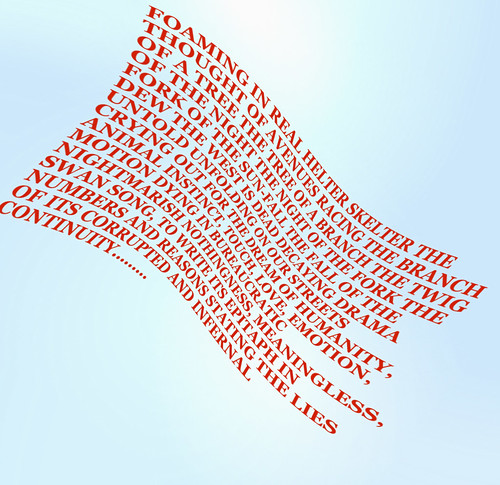 Just after reading a fascinating post on Mobile Mahaal, an innovative experiment making radio more interactive in Afghanistan, I read another by Kim Andrew Elliott on proposed Voice of America (VOA) budget cuts and programs “under other names.” Kim wrote:
Just after reading a fascinating post on Mobile Mahaal, an innovative experiment making radio more interactive in Afghanistan, I read another by Kim Andrew Elliott on proposed Voice of America (VOA) budget cuts and programs “under other names.” Kim wrote:
“Congress should not spend money on an international news service that the private sector can accomplish at no cost to the taxpayers.”
Kim’s comment was in reaction to a post on the Mountain Runner blog by David Jackson about the U.S. Broadcasting Board of Governors (BBG) proposal to radically change the way VOA’s central operation does business. The proposal calls for VOA launching a global news network producing original content, rather than rehashing wire service stories, and producing programming “under other names.” David wrote:
“VOA is well known and trusted by its international audiences. Yet time and again Board members have tried to pressure VOA management to launch programs under other names, thinking that might avoid the assumed taint of being associated with the U.S. government. The fact is, that association is not necessarily bad. VOA’s reputation, which has been painstakingly built over seven decades, is of a broadcaster who tells the truth about everything, including the U.S., and even when the news is unflattering. When we try to hide the association with VOA (or the U.S. government), that only prompts conspiracy theories that the CIA is behind the broadcasts. And in the end, they always figure out it’s coming from us anyway.”
My thought, besides agreeing with Kim and David? What about combining mobile with audience-produced local content (a Web 2.0 rule of thumb is audience segmentation, not old school one-message-fits-all mass distribution). Why spend money on websites and Cold War-appropriate television and radio stations when you can tap mobile, a form of communication governments aren’t likely to jam, especially when there are technologically appropriate and user-friendly customizable programming options like Mobile Mahaal’s? Also, why not combine local audience-produced content (via crowdsourcing radio applications like FrontlineSMS:Radio) with rehashed wire stories? You could transparently fund VOA-curated and/or supported content at a low cost and potentially higher trust factor? You also would avoid flouting the Smith–Mundt Act with websites.
In terms of the BBG’s new Strategic Plan, you might also have some hope of:
- Achieving the goal of the BBG “to become the world’s leading international news agency by 2016”
- Implementing the call for the BBG to “align how we deliver our content with how consumers now access it”
- Living up to the BBG’s revised mission statement and “inform, engage, and connect people around the world in support of freedom and democracy”
Your turn! What am I missing? Can the BBG become the world’s leading international news agency by 2016—with a miniscule budget and mass distribution?